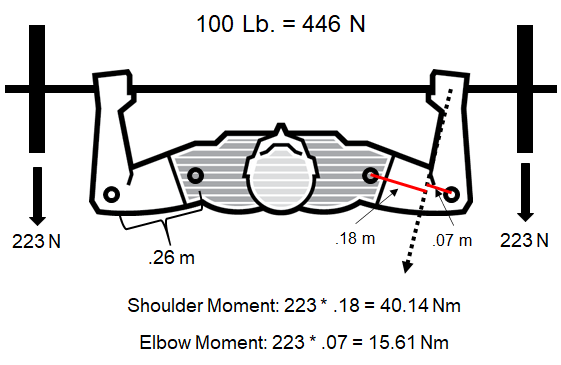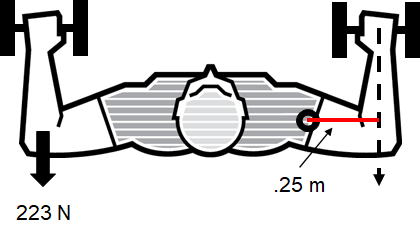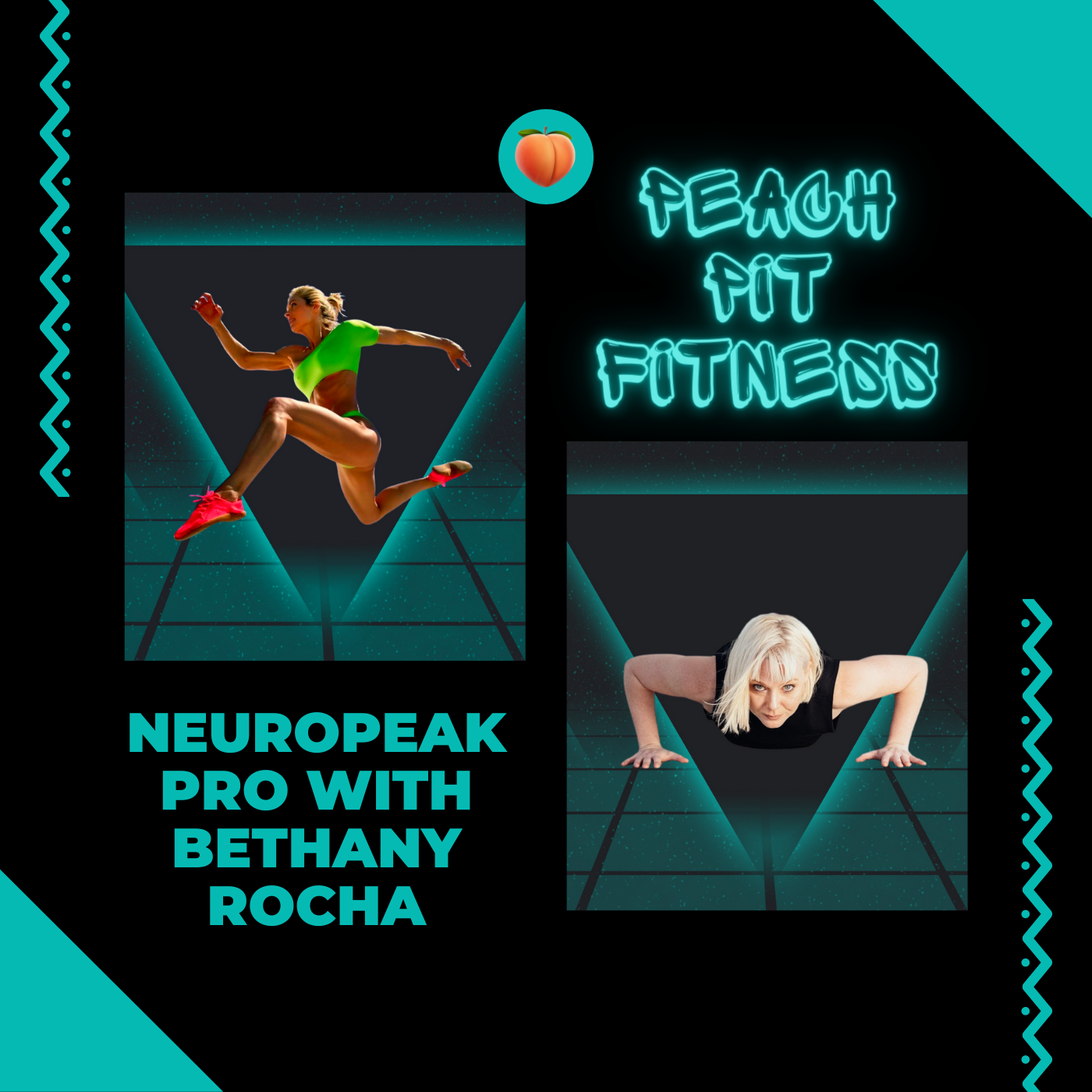In The Moment Part 2 - Barbell or Dumbbell?

How often have you attempted dumbbell presses with half the weight of your barbell bench? That should work, right? After all, if your barbell is balanced, you should have equal weight on both sides. But unless you’re working with a pretty light barbell load, you recognized that splitting the weight in half doesn’t equate to a comparable workout. You may think the challenge is related to shoulder stability, but you may want to think again. This is a biomechanics issue, which keeps you “In The Moment.”
We’re back with another chapter of what is becoming something of our audio book on biomechanics. In The Moment Part 1 boiled our biomechanics stew down to it’s most essential ingredients; a lever, a line of force and an axis of rotation. If you’ve already given that episode a listen, you know those ingredients combine to produce a joint moment.
If you enjoyed the appetizer, then strap in for the next course. After a quick recap of Part 1, we add another spicy dish in the form of our next riddle; why can’t you perform dumbbell bench presses with half the weight of your barbell bench press (assuming a relatively heavy weight, of course)? You should be able to, right? But you almost never can...
Well, if you answered “something to do with biomechanics,” you’d be correct! However, as you know by now, this podcast dives well below the surface, so we’ll have to get more specific than that.
Listen as Dr. J and GG deconstruct the biomechanics of barbell and dumbbell presses, and even toss an interesting perspective into the debate over fixed path v free weight exercises.
We’re ramping up the math and physics in this episode, but not to worry, you’ll get all the information you need to apply these concepts yourself, and decide; barbell, dumbbell or both?
In this episode we discuss:
- Forces as vectors
- How forces combine and resolve
- Normal forces
- Angle of incidence
- Shoulder moments
- Elbow moments
- Do dumbbells offer more “freedom” than machines?


Glossary:
Angle of incidence - the angular difference between a normal force and an applied force vector
Normal Force - a force which contacts a plane at a perpendicular angle
Resultant - the product of the combined effects of two or more component vectors
Scalar Quantity - A quantity that is fully described by a magnitude alone
Vector Quantity - a quantity that is described by both magnitude and direction
References:
Duffey, M. and Challis, J. (2011). Vertical and lateral forces applied to the bar during the bench press in novice lifters. Journal of Strength and Conditioning Research. 25(9): 2442-2447.
You might also like:
- S1, E2 - “The Fitness Ecosystem”
- S1, E7 - “The Fine Print 1”
- https://www.thinkfitbefitpodcast.com/the-fine-print-1-santana-et-al/
- S2, E3 - “In The Moment”
- S1, E3-”The F Word”


